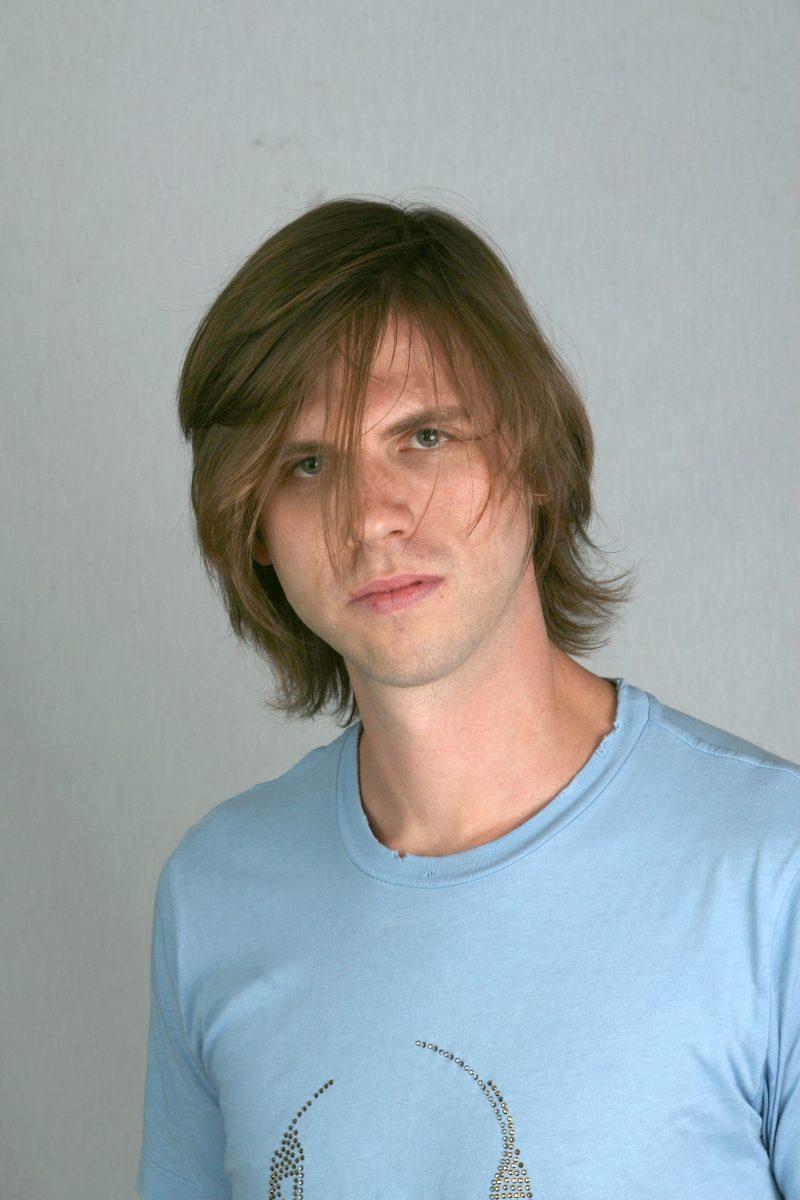It is 8:50 p.m. Monday night and I am sitting in the Student Government offices in 307 Witherspoon Student Center. I’m awaiting the arrival of our new Student Body President Jim Ceresnak. Ceresnak is only about 20 minutes late, but no worries — student body presidents are never on time.
It’s been some time since I have had the opportunity to lounge in the Student Government office. Looking back, I used to spend all my time on the third floor of Witherspoon, trading time between Technician, WKNC, Student Government and the squatter’s office I erected for myself in the atrium hallway.
So as you can imagine, sitting here brings back memories. While I wait, Kelli Rogers, the newly elected Student Senate president, and Elmo Lamm, the new student body treasurer, are conducting a committee meeting. The committee lacks quorum, so the group digresses into general discussion and debate. I would like to chime in but it is not my place. The young group of students huddled up don’t know who I am, just that I am some lowly newspaper reporter. What I find most poignant is that student leaders today face the same challenges and issues that we faced. Finally, the student body president has arrived.
Ceresnak and I just wrapped up our discussion. We spent about 50 minutes discussing a variety of topics — budget cuts, restrictions on fee supported organizations, the Board of Trustees and the University Administration.
I knew Ceresnak was a student government outsider, so the purpose of the interview was not to gain insight into his knowledge of University policy but rather to gauge his overall take on student advocacy. I wanted to know if Ceresnak’s “got it.” And I’m proud to say he does. Ceresnak said his “mission is to serve the student body” and “ensure their student fees are spent well.” Like his predecessor, Jay Dawkins, Ceresnak will be a great student body president.
Although I was never student body president (lost that election), I have a tremendous grasp on the position and the type of person it takes to serve in its capacity. I have lived, worked, served and lead with many student body presidents from across the state and at all 16 University of North Carolina schools.
There are two types of effective student body presidents — passionate and strategic. I won’t bother describing the types of ineffective student leaders. A strategic leader uses the knowledge of the system to get things done. A good example of this is former student body president Tony Caravano. Ceresnak falls under the passionate heading.
Although I had to wait, I’m glad Ceresnak and I had a chance to meet. Still in the midst of a transition, his student body president’s office is still rather sparse. In one corner of the room sat a cork board with a single Technician photo. The headline on the photo read “Thousands march on Capitol to protest budget cuts.” It was an awesome reminder of why I got involved with student advocacy, as Ceresnak so eloquently put it, “to make the University a little bit better.”








